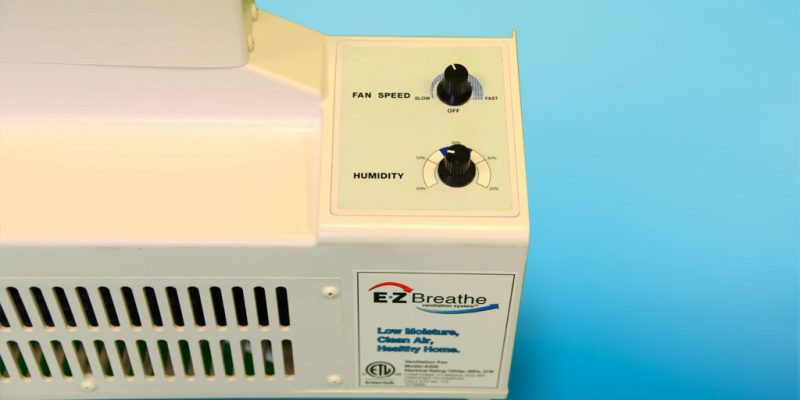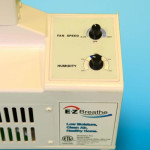Tips for Keeping the Air in Your Home Healthy
The air we breathe plays a crucial role in our overall health and well-being, and it’s essential to ensure that the air inside our homes is as clean and healthy as possible. Poor indoor air quality can lead to a range of health issues, from allergies and respiratory problems to more severe conditions. In this article, we’ll explore some tips and strategies to help you maintain healthy indoor air.
1. Regular Ventilation
Proper ventilation is one of the most effective ways to ensure healthy indoor air. It helps remove indoor pollutants and bring in fresh outdoor air. To achieve this, open windows and doors when weather permits, use exhaust fans in bathrooms and kitchens and consider installing an energy-efficient heat recovery ventilator (HRV) or an air exchange system for continuous fresh air circulation.
2. Maintain Your HVAC System
Your heating, ventilation, and air conditioning (HVAC) system plays a crucial role in indoor air quality. Regular maintenance, including changing filters and cleaning ducts, is essential to prevent the buildup of dust, allergens, and mold within your system. A well-maintained HVAC system will ensure efficient air circulation and filtration.
3. Use High-Quality Air Filters
Choose high-efficiency particulate air (HEPA) filters for your HVAC system or standalone air purifiers. HEPA filters can capture particles as small as 0.3 microns, effectively removing allergens, dust, pet dander, and even some viruses and bacteria from the air. Be sure to replace filters according to the manufacturer’s recommendations.
4. Control Humidity Levels
Maintaining the right humidity level is crucial for healthy indoor air. High humidity can lead to mold growth, while low humidity can cause dry skin and respiratory issues. Invest in a humidifier or dehumidifier to keep humidity levels within the optimal range, typically between 30% and 50%.
5. Reduce or Eliminate Smoking Indoors
Smoking indoors is one of the most significant contributors to poor indoor air quality. Secondhand smoke contains harmful chemicals that can linger in your home for a long time, increasing the risk of respiratory problems and other health issues. Establish a strict no-smoking policy inside your home to protect your family’s health.
6. Use Natural Cleaning Products
Many commercial cleaning products contain harsh chemicals that release volatile organic compounds (VOCs) into the air, contributing to indoor air pollution. Opt for natural cleaning solutions or make your own using simple ingredients like vinegar, baking soda, and essential oils. These alternatives are safer for your health and the environment.
7. Keep Your Home Clean
Regular cleaning is essential for maintaining healthy indoor air. Dust and vacuum regularly, paying close attention to carpets, rugs, and upholstery. Wash bedding, curtains, and other fabric items frequently to reduce the buildup of allergens like dust mites and pet dander. Also, don’t forget to clean and disinfect high-touch surfaces to minimize the spread of germs.
8. Avoid Synthetic Fragrances
Many air fresheners and scented candles contain synthetic fragrances that can release harmful chemicals into the air. Instead, opt for natural alternatives like essential oil diffusers or open windows to let in fresh air. Be cautious about the products you use to scent your home and choose ones labeled as non-toxic or free from synthetic fragrances.
9. Limit Indoor Plants
While indoor plants can improve air quality by absorbing some pollutants, they can also contribute to mold growth if overwatered. Be mindful of your plant care routine and choose plants that are less likely to promote humidity and mold issues.
10. Test for Radon and Carbon Monoxide
Radon gas and carbon monoxide (CO) are colorless and odorless, making them difficult to detect without testing. Radon testing kits and CO detectors are readily available and can provide early warning if these hazards are present in your home. Ensure that you have functioning detectors and that they are placed in appropriate locations.
In conclusion, maintaining healthy indoor air quality is essential for your well-being and the well-being of your loved ones. By following these tips and being proactive in creating a clean and ventilated living space, you can breathe easier, reduce the risk of respiratory problems, and enjoy a healthier, more comfortable home. Prioritizing healthy indoor air is a small investment with significant long-term benefits for your family’s health and quality of life.
Contact the Professionals at EZ Breathe Today! 866-822-7328





